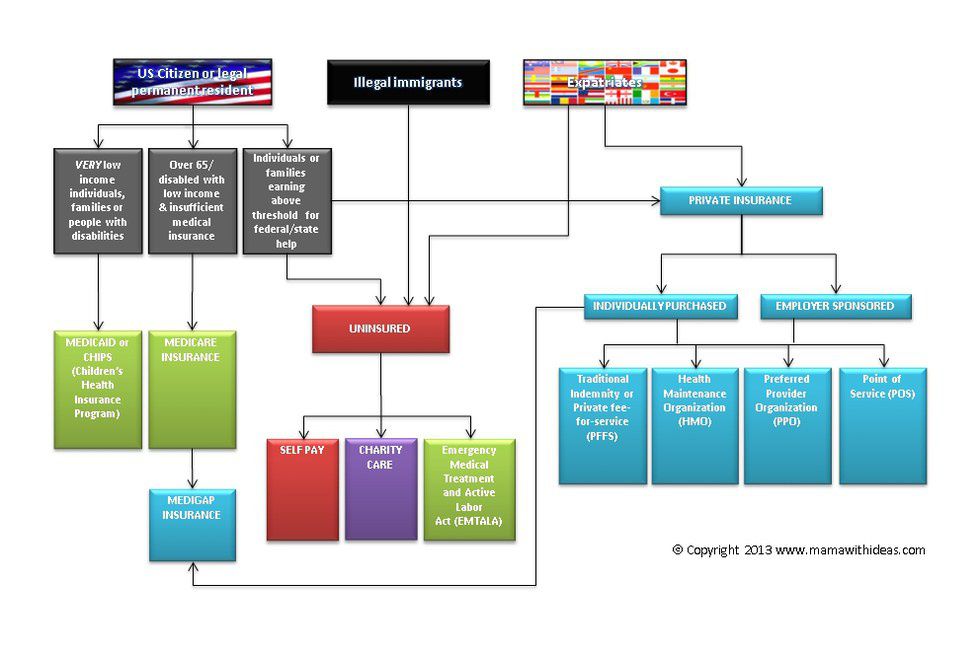So, along with some very controversial topics, I am also, as you can probably tell by now, going into great detail and length into each of these reforms. I try to be thorough in my work, but I don't like to exclude anyone. This is why I try to add some comic relief at times as well as summaries at both the beginning and end of posts. I do want to stress that this is not an anti-America blog. As I stated in the first post of this series of reforms, I want what you want. I want a great and powerful nation. I may come across as being ungrateful but, trust me, I'm not. I just see the potential, positive changes that this nation can and should rightfully make. As stated in the Declaration of Independence: those that have the ability to act have then the responsibility to act.
So without further delay I would like to welcome everyone to another post in this wonderful series where we delve into the tough issues of this country in order to make this nation great again. This week, I would like to focus on something that really hits close to home with me and I'm sure a lot of you as well. It's one of the largest and most needed businesses in America, Can you guess? Yes, I'm talking about health care; that wonderful mistress that will cure a broken arm by costing both of your legs. Now, as promised, I said I was going to bring up some pretty controversial topics and this is one of them. If you can't stand, someone else's opinion or just feel offended because I am good at that, then please re-direct now. However, if you feel that we must enact change, must be open-minded, and must seek out innovation then please join me on this trippy ride to a greater nation.
So, let us begin today's reform on health care by seeing a nice flow chart.
So, I think we can all see how confusing that system is, and that example doesn't even cover all of the intricacies both with public and private health care. Now, let's take that example and compare it to the 2015 top-ranked country for health care, France. In a poll done by the WHO (World Health Organization) taken in order to rank the world's health care systems, America ranked 37th while, as I said, France grabbed the trophy at the top. Surprisingly, in this same poll neither America nor Canada, long-time "rivals" in the health care debate, were able to even make it in the top 25. Let's use the same example we used in America and apply it to the French system. First, we need a flow chart. Sadly, none really exists because it's very simple. The healthcare system over in France is so simplified that is really just a two-step system. Using our example from earlier, our young healthy college grad unexpectedly gets sick, what is he going to do? Well in France, it is easy! He will first acknowledge that he is sick, and second, he will go receive care. No co-pay required. Then our intrepid young adult goes home and continues on with his life. Simple, huh?
|



















